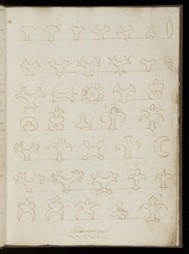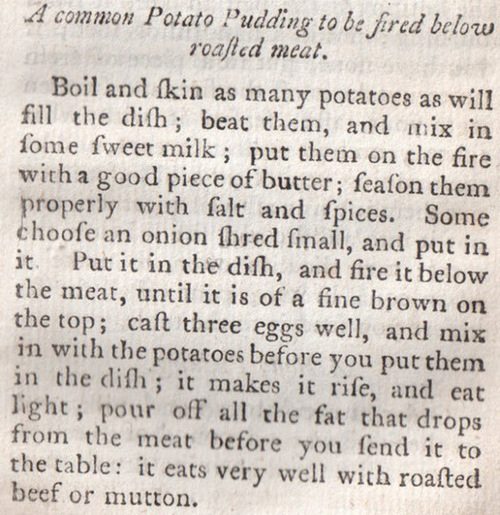See on Scoop.it – Historical gastronomy
Where do recipes fit into historical understanding of pedagogical processes around food? Various scholars (including myself) have speculated about the compilation of manuscript recipe collections as part of a domestically-located education for young girls and teens prior to marriage. Some seventeenth-century English printed recipe collections also speak explicitly of who they are intending to educate in the ‘art and mystery’ of cookery (and, in William Rabisha’s case, who not: those without any culinary aptitude, for one).
See on recipes.hypotheses.org


